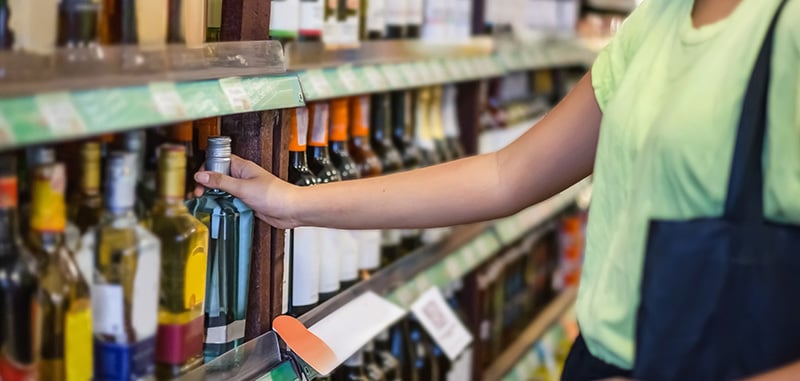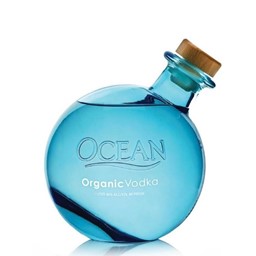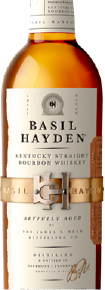
The era when just a few brands dominated liquor sales in the U.S. is rapidly coming to an end. Craft spirits represent just a small percentage of the overall liquor market now, but all signs point toward stratospheric growth as Americans gain a taste for artisanal whiskey, gin, vodka, rum and other potent potables.
If the trend holds, more microdistilleries will be opening their doors over the next few years, and more craft spirits bottles will make their way behind bars and onto liquor store shelves.
But with growing demand comes increased competition.
To make the most of this burgeoning market, craft distillers will need every edge they can get—including captivating, high-quality custom liquor labels.
Why Liquor Labels Matter
According to recent research by IWSR Drinks Market Analysis, the craft spirits market segment grew faster (nearly 8% growth) than the entire U.S. spirits market in 2020 (about 5% growth)—an even more impressive feat when you consider that pandemic measures forced most tasting rooms, bars and restaurants to close temporarily.
The craft spirits industry is just getting started, though. IWSR predicts that craft spirits will achieve a compound annual growth rate of 21% between 2020 and 2025, while non-craft spirits will grow by a mere 4%.
What accounts for the craft liquor industry’s upward trajectory? The same factors that have sustained the craft beer revolution over the past several years.
Consumers—younger generations, especially—are increasingly drawn toward authentic brands that align with their personal values and identities. These buyers prefer discovering hidden gems with unique and quirky profiles over generic offerings from big corporations.
In addition to uniqueness, the modern craft liquor consumer seeks distinction, not only in taste and mouthfeel but the visual and tactile aspects of the bottle and liquor label. (Keep in mind: a premium craft liquor bottle doubles as a display piece.)
Authenticity, quality, brand personality and attractive design: Your liquor label has to do it all in the few seconds it takes for the average shopper to decide.
And as we’ll explain in this article, it’s not just the label’s visual appeal that matters, but also its performance and construction.
Related Reading: Waterproof Labels for Glass Bottles: What You Need to Know
Custom Liquor Label Design Trends
There are about as many approaches to liquor label design as there are craft distilleries (almost 2,300 by the last count). But as every craft distillery strives to express its individuality, a few repeating motifs emerge.
Use these design trends as inspiration or a starting point for your craft spirits label (or as useful intel, if you really want to set your brand apart from the pack).
Metallic Accents
Like the hoops around a bourbon barrel, metallic label features impart a sense of craft and timeless tradition. Consumers associate the shine of gold and silver with premium products.
Metallic accents can be achieved with metallic foils or inks, but some distilleries go all-in and use actual metal, as demonstrated by the wraparound copper logo on this bottle of Basil Hayden bourbon (below).
Botanical Imagery
Great spirits are pure expressions of pure ingredients, which is perhaps why botanical imagery is a popular liquor label design theme.
See, for example, Tamworth Garden’s White Mountain Gin (below). The verdant drawing is designed to be viewed through the bottle, as if the plants are infused into the gin itself.

Minimalism
Your spirit spent years developing its deep oaky brown color or rich amber hue. It would be a shame to cover it up now, so don’t.
Sometimes, you want the liquor to speak for itself. In that case, opt for a less-is-more minimalist approach.
For example, Woodford Reserve pairs a clear label with a small utilitarian batch-number label for an unfussy look that makes the bourbon the star:

Clear labels are a great choice for vodka brands looking to highlight their crystal-clear purity, as exhibited by this barely-there label from Hawaii’s Ocean Vodka:

Considerations for Printing Spirits Labels
The best craft spirits are enjoyed slowly. Craft spirits consumers expect their bottles to last months or years on the shelf and look as good on the last day as they did on the first.
For a liquor label, that means no unsightly peeling, bubbling, tearing, fading or running.
A label’s longevity is determined by a number of factors. For a label that lasts, be sure to discuss all of these considerations with your label printer:
The Environment
Damp conditions, heat, and direct sunlight can weaken label adhesive and cause ink to fade. Your label printer can help you choose suitable label materials, adhesives, and ink for your liquor bottle’s typical environment.
If you expect your bottles to be fully submerged (such as a vodka bottle that gets dunked in an ice bucket), ask your label printer if waterproof or water-resistant labels are appropriate.
The Application Process
Will you be applying your labels by hand or using automated machinery? Certain label shapes (such as wraparound labels) require special application equipment. Your label printer can help you choose the proper label shape and format for your application process.
The Application Surface
Liquor bottles come in all shapes and sizes: rounded, flat, angular, smooth, textured, embossed and so on. For maximum holding power, your label design and adhesive must be matched to the particularities of the application surface.
For example, wraparound labels are notorious for popping up (what label printers call “flagging”) at their ends, especially when applied to cylindrical glass surfaces. Fortunately, you can prevent flagging by choosing label materials specifically designed to conform and adhere to the cylindrical surface. (Ask your label printer about these materials.)
If you decide to use different materials for aesthetic purposes, you can still compensate for flagging by allowing for an overlap in the label design so that the label can stick to itself, creating a stronger bond.
If you plan to apply your label within an indentation on your liquor bottle, be sure to alert your label printer. Your printer will need to cut your label to your exact specifications to ensure it fits perfectly within its designated space.
Showcase What Makes Your Craft Distillery Special
Discriminating drinkers love craft spirits for their unique character, and there is no better way to set your distillery apart from the competition than with a striking custom label. An expert label printer with experience in the liquor industry can be one of your most valued partners as your brand grows.
Learn how to choose the right custom label printer, overcome common label challenges, and create a liquor label that looks phenomenal and performs flawlessly with the Complete Guide to Custom Food and Beverage Labels.


